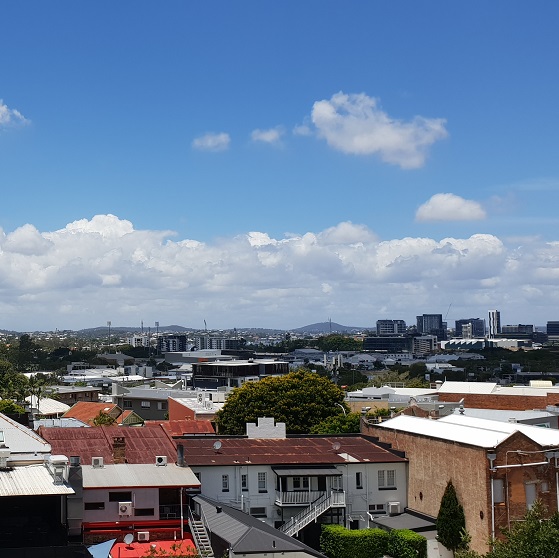Development on the Edges

Queensland, and particularly South East Queensland is experiencing a population boom.
As our cities, towns and suburbs rapidly grow there are an increasing number of challenges facing developers as they look to secure land that can be turned into housing.
Land is a finite resource and the availability of infrastructure to support development limits where new developments can take place. Added to this is a level of uncertainty in relation to city and suburb plans, which are marginalising medium and high-density residential developments. This means that developments are being pushed to the edges of urban areas.
The alternative is for developers to consider lots that have previously been dismissed for development, often for very good reasons, usually to do with flood concerns, access issues, environmental factors or due to the fact that they are difficult to cost effectively develop.
Such projects carry a far higher level of risk than developing a nice clean urban block with easy access to existing services. And as we all know, in development, risk does not always mean reward – usually risk means high costs and time-consuming pain, ultimately eating away at yields.
At Inertia, our civil and water engineers can quickly assess a potential development, analysing the site, its potential and challenges, ensuring that any constraining issues are identified early on. We can then work with a developer to investigate any foreseeable issues further, so that an informed decision can be made prior to making significant investments in due diligence, purchase or legal processes.
By detailing factors such as zoning, water, sewer, site access, flood, stormwater and environment we analyse constraints that could act as major barriers to successful development. In our experience constraints can include everything from managing a landlocked site, a site effected by flood through to dealing with the owner of a neighbouring lot who may restrict service access through their property.
The result is that our clients can have a greater degree of upfront confidence relating to the risks associated with a proposed site. In a market where land is limited and challenges more prevalent, it is more important than ever to be able to quickly and cost effectively make decisions regarding development feasibility.
We are currently in the final stages of developing a new due diligence reporting service that will help in the development decision-making process, minimising risk, saving money and providing greater commercial confidence. Contact us to find out more and to discuss how we can help you to make even the most challenging development a successful one.
Projected population (medium series), by local government area, Queensland, 2021 to 2036
| Local Government Area (a) | At 30 June | ||
| 2021 | 2036 | Growth | |
| — number — | |||
| Brisbane (C) | 1,246,073 | 1,433,675 | 187,602 |
| Gold Coast (C) | 621,751 | 866,634 | 244,883 |
| Ipswich (C) | 235,035 | 484,716 | 249,681 |
| Moreton Bay (R) | 477,281 | 618,394 | 141,113 |
| Sunshine Coast (R) | 327,352 | 452,987 | 125,635 |
| 948,914 | |||
(C) City (R) Regional Council (S) Shire (T) Town
(a) Boundaries are based on 2014 Queensland local government areas.
(b) Estimated resident population (ERP).
Source: Queensland Government population projections, 2015 edition; Australian Bureau of Statistics, Regional population growth, Australia, 2013-14, (Cat no. 3218.0).
 Back to News
Back to News
